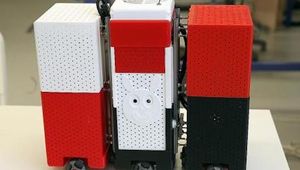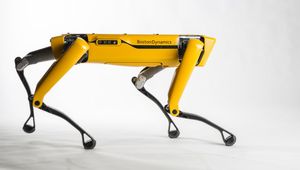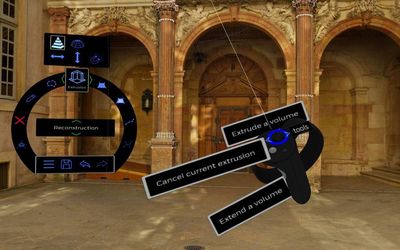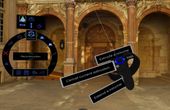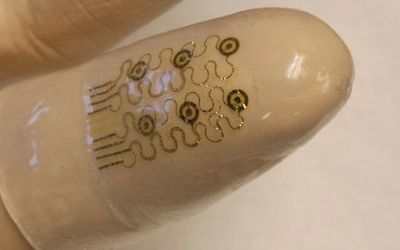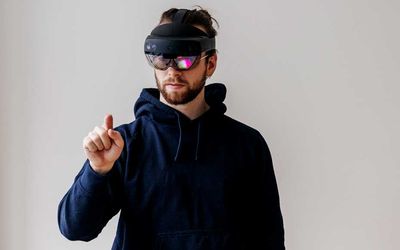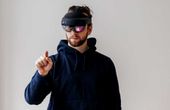Meta Quest 2
An all-in-one virtual reality (VR) headset for gaming, productivity apps, and immersive experiences in general.
Technical Specifications
| Panel Type | Fast-switch LCD |
| Display Resolution (per eye) | 1832 x 1932 |
| Refresh Rate | 72 Hz, 90 Hz, 120 Hz (experimental) |
| Connectivity | USB-C, Bluetooth 5, Wi-Fi 6, 3.5 mm headphone jack |
| Tracking | Inside out, 6DOF |
| Audio | Integrated, in-strap |
| SoC | Qualcomm Snapdragon XR2 |
| Memory | 6 |
| Storage | 128 GB, 256 GB |
| Lens Distance | 58 mm, 63 mm, 68 mm |
| Weight | 503 |
| Operating System | Proprietary, Android-based |
Overview
The Quest 2 is Meta's entry-level VR headset for the metaverse. First released on October 2020, it was initially named Oculus Quest 2 but was rebranded in January 2022. Besides the headset, the Quest 2 comes with two touch controllers powered by AA batteries. The controllers offer improved ergonomics over its predecessor, the Oculus Quest, featuring thumb rests for better stability when needed.
The Meta Quest 2 can run either as a standalone device (with a smartphone app) or connected to a PC via a wired connection (Link Cable) with compatible VR software. It does not require any additional hardware such as cameras and external sensors, making for a quick and easy setup.
Besides the headset and two controllers, the Meta Quest 2 includes a charging cable, a power adapter, and a glasses spacer. There are currently two options for internal storage: 128 GB and 256 GB, with the 64 GB version discontinued.
Design
Sleek Design
The Meta Quest 2 is smaller and lighter than its predecessor, measuring 224 x 450 mm and weighing only 503 g. The three-point elastic head strap features built-in speakers for an optional headphone-less experience.
The physical interface includes a power button and a volume adjuster on the right, plus a 3.5 mm headphone jack and a USB-C charging port on the left. The headset also has four cameras distributed around its main body for position tracking.
Displays
The Meta Quest 2 features a fast-switch LCD display, departing from the dual OLED displays of the Oculus Quest. Each display offers an 1832x1920 resolution per eye. The Quest 2 currently supports refresh rates of 60, 72, and 90 Hz, although an experimental 120 Hz refresh rate was also made available in March 2021.
Position Tracking
The six degrees of freedom (DOF) of the Meta Quest 2 allows the headset to accurately track the user's head and body movement without the need for external devices. The headset itself also offers Hand Tracking features for navigating menus and playing some games without the touch controllers.
Sound
The built-in speakers offer loud and left/right positional audio. Still, users can have a more immersive experience by connecting their own headphones via the 3.5 mm audio port. The headset also includes a built-in microphone for multiplayer online gaming and conference calls.
Guardian
The Meta Quest 2 uses the Guardian system for preventing the user to bump into furniture while using the headset. The user literally traces a safe play area around himself using the headset's Passthrough feature. Whenever one steps out of the safe area, the Passthrough mode is enabled so the user can see the his immediate surroundings.
References
Official product page
